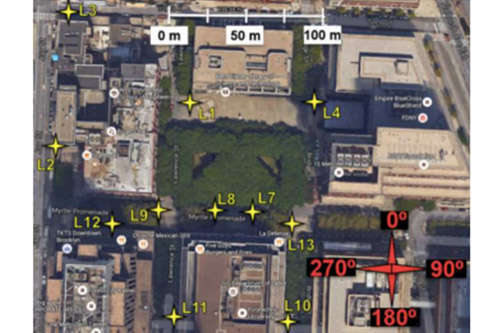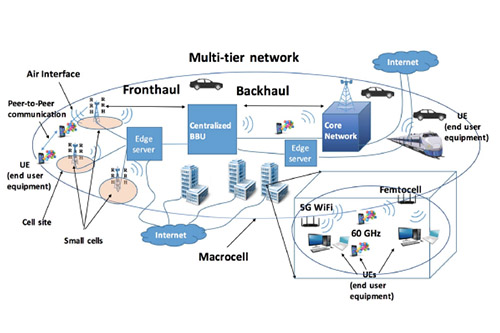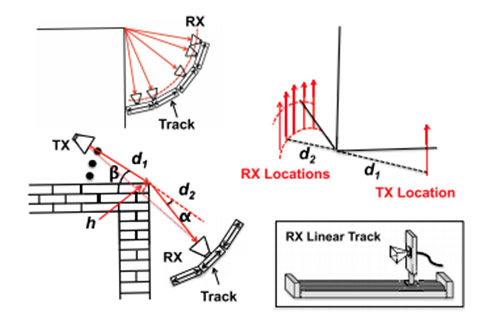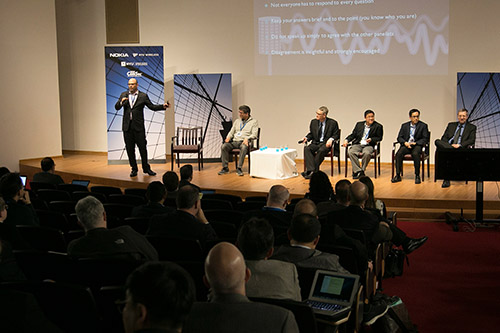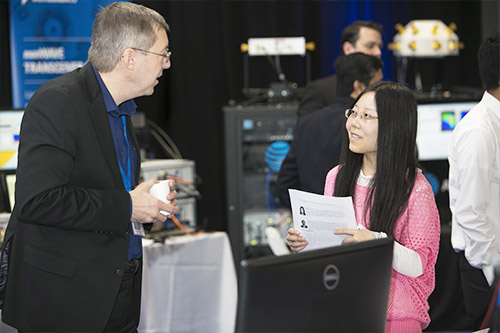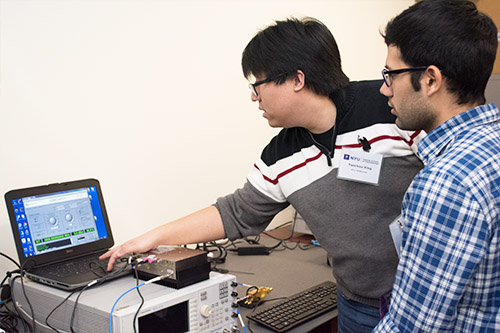Software Defined Radios for the Upper Mid-Band

NYU Wireless P.I.s
Research Overview

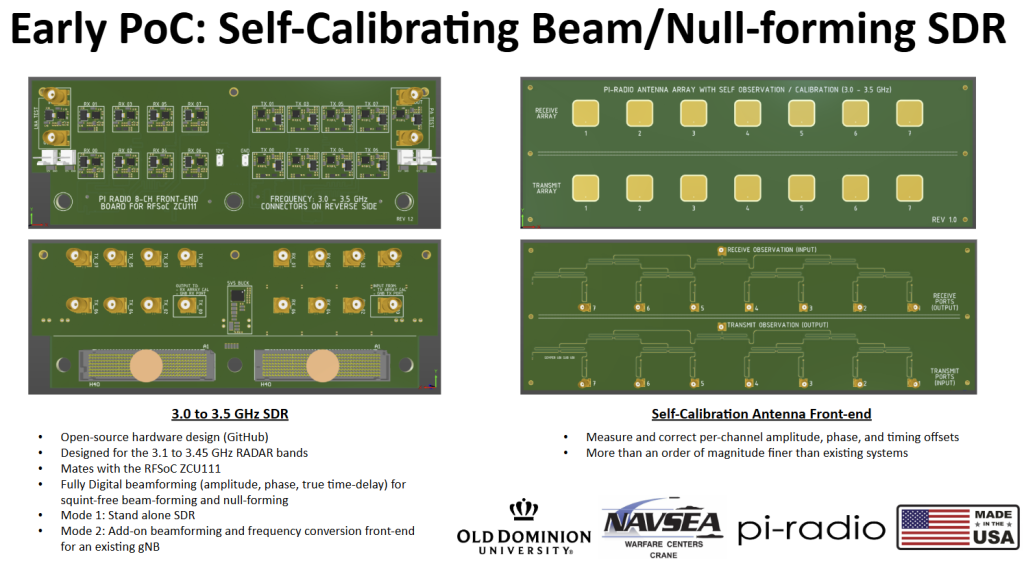


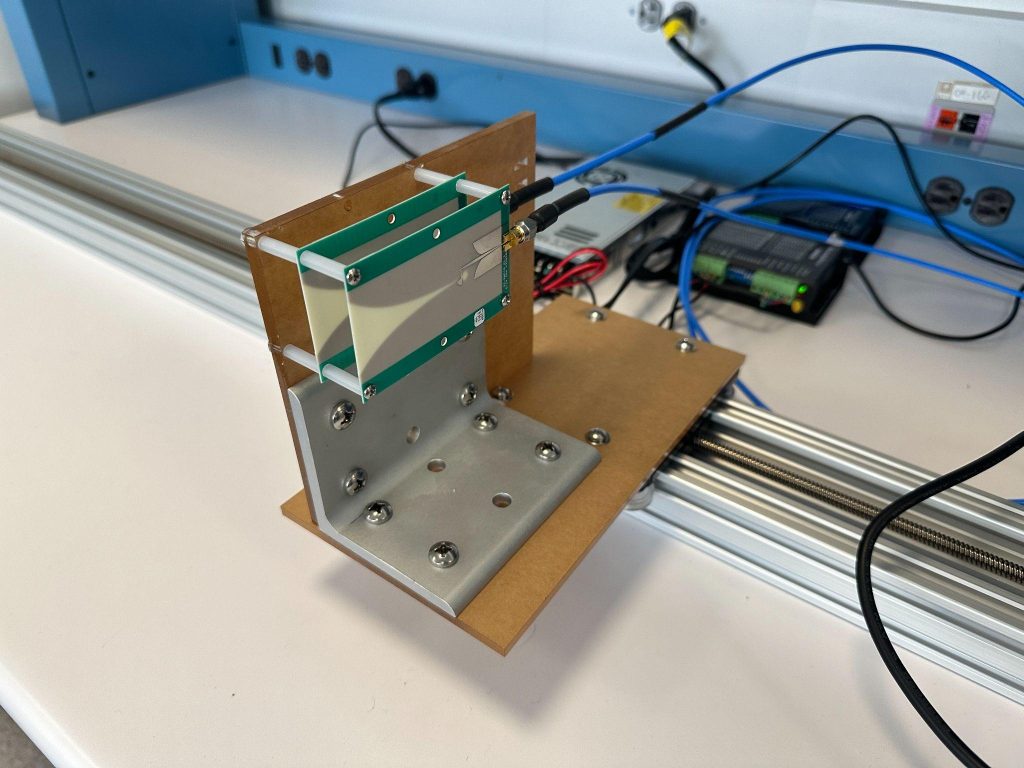

The upper mid-band spectrum—approximately 6 to 24 GHz—has recently drawn significant attention for next-generation wireless services. Developing systems in this range poses several challenges, including spectrum sharing with incumbent users such as communication satellites, operation over wide bandwidths, and adaptive utilization of both spatial and spectral resources.
To address these challenges, NYU is collaborating with NYU spin-off Pi-Radio to develop a wideband software-defined radio (SDR) platform for experimentation in the upper mid-band.
The proposed SDR platform includes several key features that enable research on spectrally agile, wideband communication systems:
- Full FR3 coverage (6–24 GHz) with rapid band switching and configurable TX/RX frequency and gain
- Support for specially designed Vivaldi antennas optimized for the FR3 frequency range
- Wide instantaneous bandwidth of 1 Gsps per channel
- Embedded ARM-based control logic for ultra-fast spectrum agility
- Flexible interfaces supporting MATLAB, Python, OAI, and O-RAN environments
NYU spinoff company Pi-Radio has collaborated on a NAVY-funded project, led by Prof. Sachin Shetty at Old Dominion University. Through this project, Pi-Radio has developed a fully-digital beam/null-forming SDR operating in the NAVY RADAR bands (3.1 to 3.45 GHz). The SDR features a self-calibration mechanism to calibrate the array to an extraordinary degree of precision (per-channel timing offsets, phase offsets, and gain curves). This SDR can form beams and deep nulls, enabling fundamental research in spectrum sharing and interference mitigation. This project team includes Old Dominion University (lead), Pi-Radio, Allbesmart, and the Naval Surface Warfare Center – Crane Division. Prof. Sundeep Rangan at NYU has contributed to this project in aspects pertaining to DSP, array processing, and indoor testing.

 2025 Brooklyn 6G Summit — November 5-7
2025 Brooklyn 6G Summit — November 5-7 Sundeep Rangan & Team Receive NTIA Award
Sundeep Rangan & Team Receive NTIA Award 2025 Open House
2025 Open House